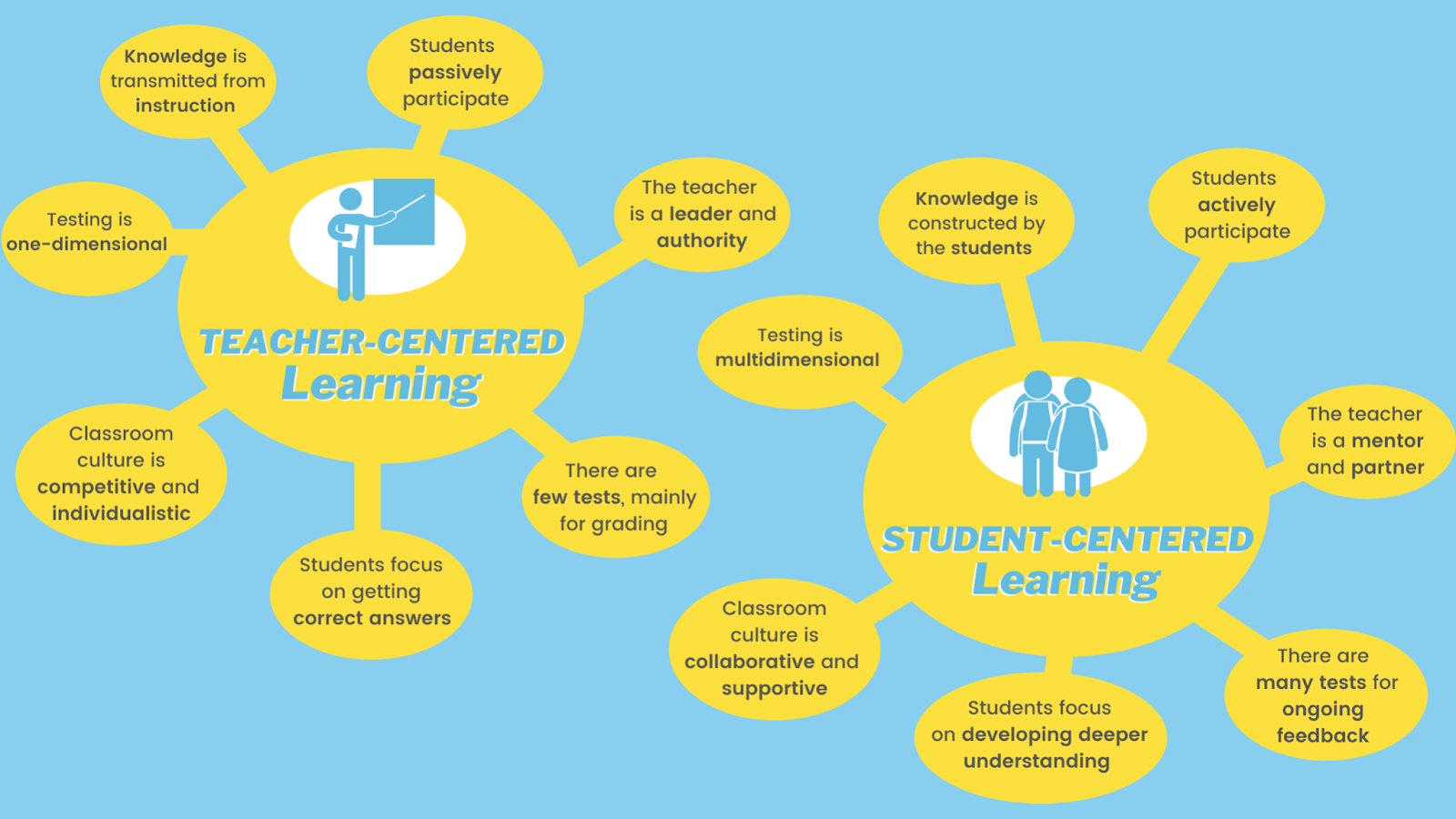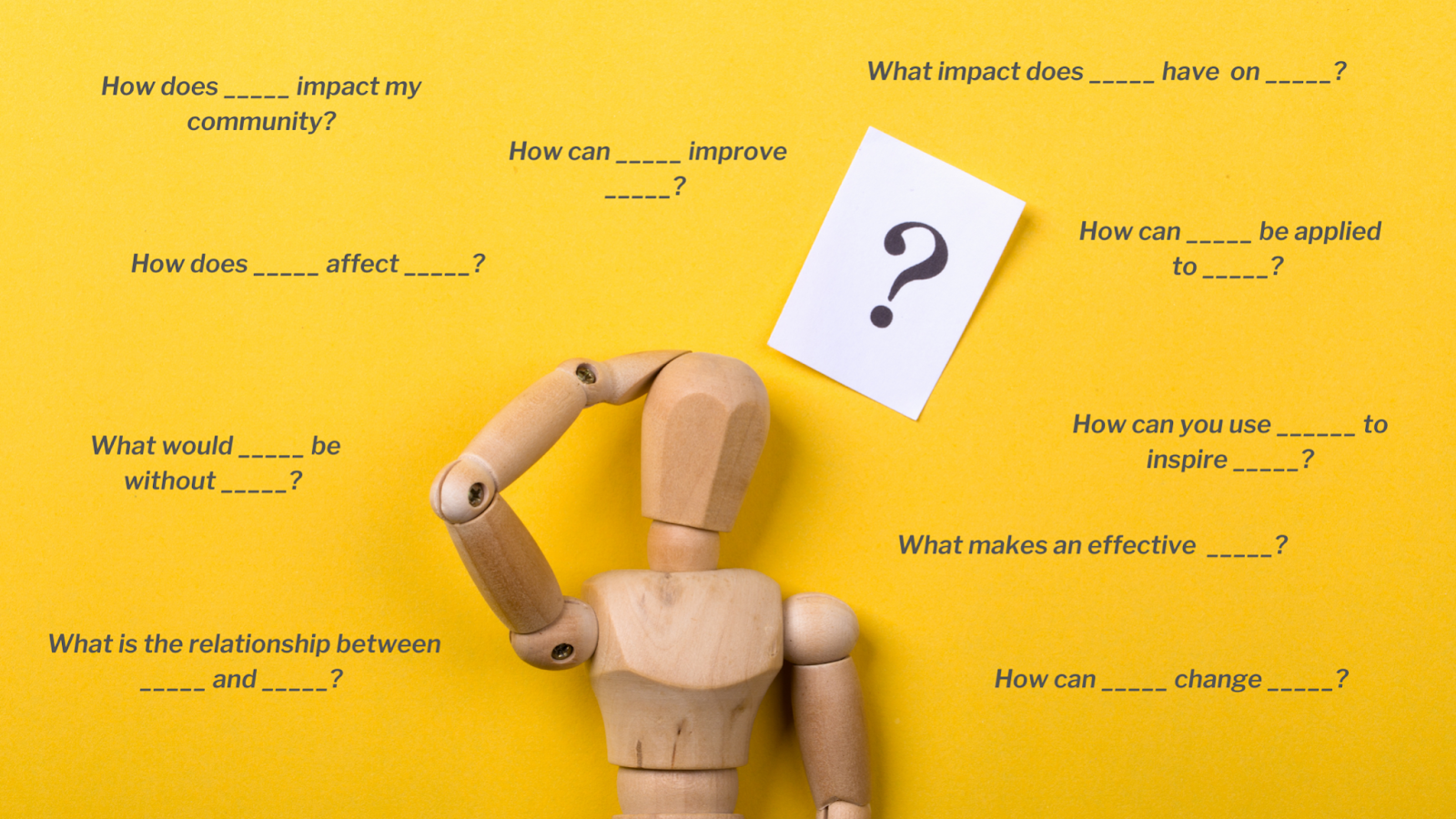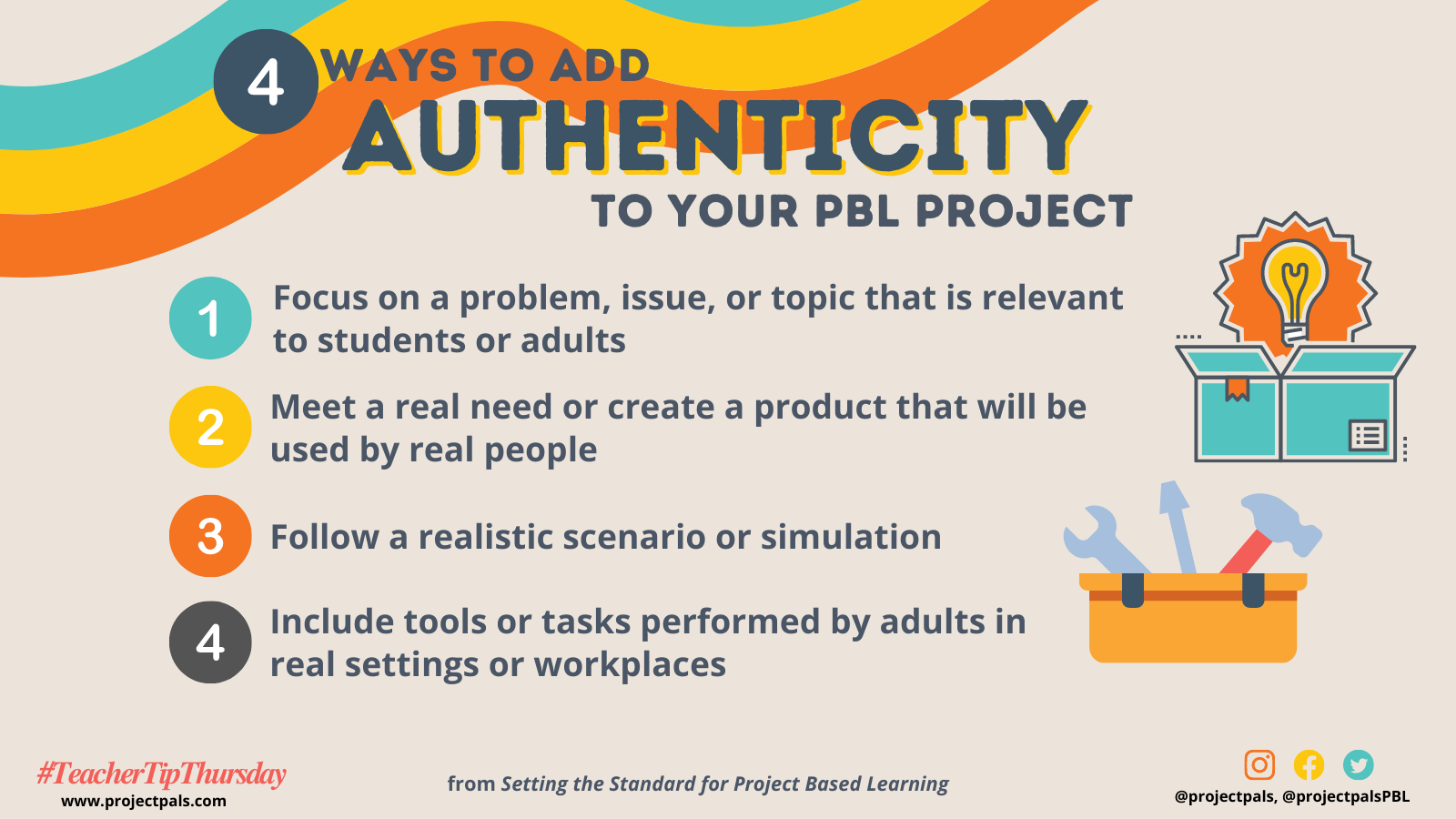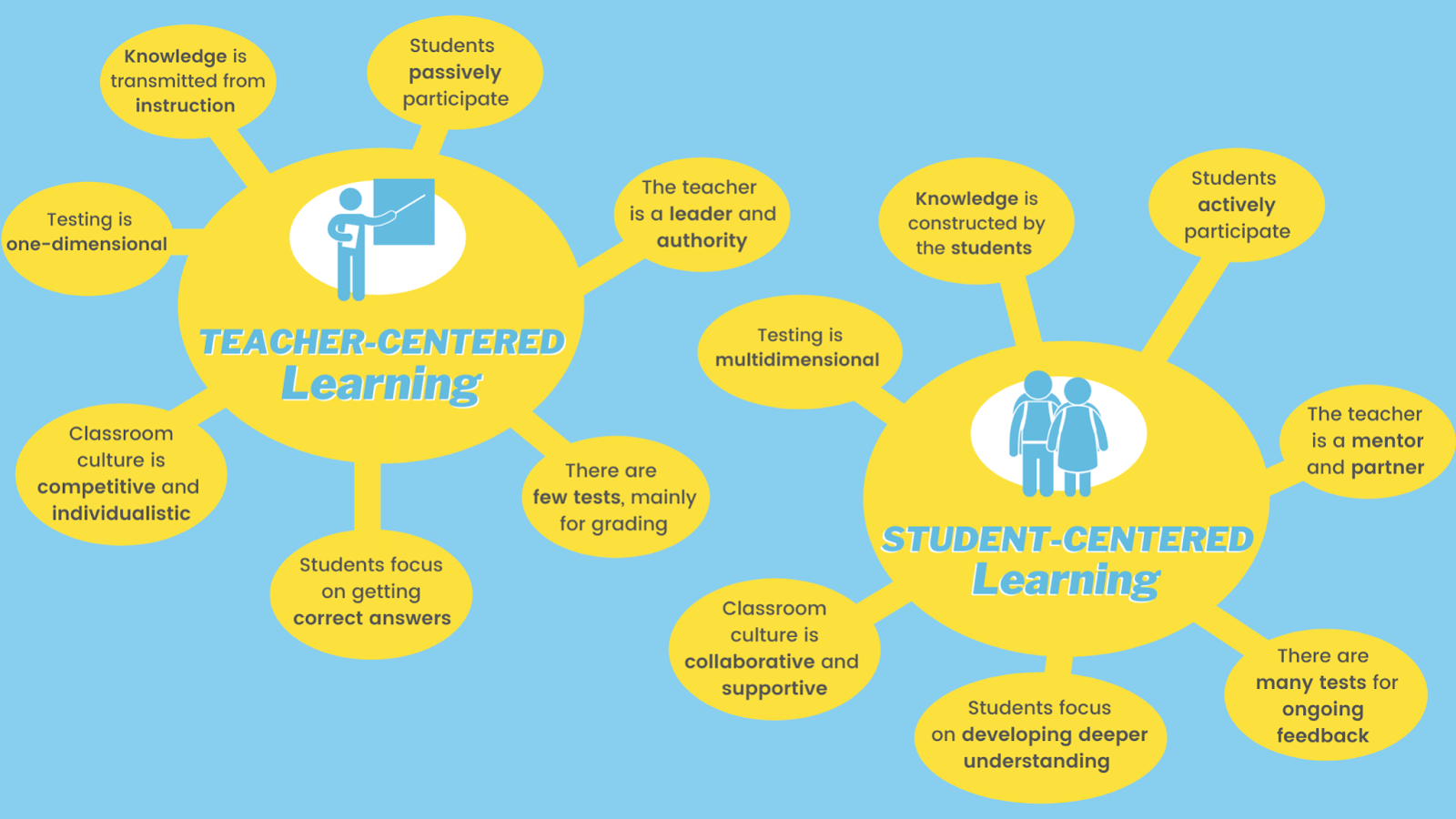The idea of project-based learning appeals to you. You may have seen the research that shows PBL can improve student learning outcomes, enagagement, and even attendance.
All signs point to PBL as possibly one of the best ways to prepare your students for success in the real world. But, changing the very core of your curriculum and releasing some of your hard-earned control over your classroom is enough to overwhelm even the most seasoned educators…
The good news is, starting to incorporate small elements of PBL into your practice is easy once you know a few of its core qualities.
Learn how to create a collaborative learning environment, boost engagement, and incorporate 21st-century skills into your instruction by brushing up on the basics and benefits of PBL.
What Is Project-Based Learning?
Project-based learning (PBL) is an instructional method where students learn by engaging with complex projects based on real-world problems.
Students learn by doing, and produce a logical solution to a Driving Question that is then shared with the public. At its core, PBL is student-centered, inquiry-based, and authentic.
It’s important to note that PBL is more than just “doing a project” or “making something”一it’s a deliberate teaching method that aligns with the above characteristics. The focus is not on the final artifacts or activities students complete along the way, but the level of rigor and purpose behind them.
1. PBL Is Student-Centered
Imagine a classroom or think back to one you’ve seen portrayed on TV: Do you see a teacher droning on in front of a chalkboard to a class of disinterested students?
There’s a reason this trope exists. Traditional, teacher-centered instruction, which places the teacher front and center as the authority and gatekeeper of knowledge, has long been the status quo in education. The problem is, this method is often less than ideal. As only passive participants, it’s easy for students’ minds to wander away from the material. And since knowledge is delivered instead of discovered, students miss out on developing crucial critical thinking skills…

Unlike conventional teacher-centered instruction, PBL follows a student-centered learning model. Student-centered learning tackles content that is both challenging and relevant to students’ lives—more on this later. In this model, students are assessed frequently and receive ongoing feedback, which they use to construct their own knowledge and develop deeper understandings of core content. Here, the teacher acts as a mentor and partner, guiding students only when necessary. As active participants, students are more engaged in their own learning, leading to higher levels of academic achievement. And in the process, they’re developing critical 21st-century skills, like problem-solving, communication, and collaboration, that will ultimately help them succeed later in life.
2. PBL Is Inquiry-Based
Inquiry-based instruction is another student-centered educational approach where lessons are exploratory in nature and stem from student inquiries.
Elements of inquiry-based learning are deeply interwoven in PBL, most obviously in every project’s essential Driving Question (DQ). Driving Questions are open-ended inquiries based on real-world problems and phenomena designed to trigger students’ curiosity. A project’s DQ provides insights into its purpose, audience, and potential final product.

Curriculum experts argue your project’s DQ should have the following qualities:
-
Feasible to consider
-
Worthwhile
-
Contextualized
-
Meaningful
-
Ethical
So, what does that look like in real life? Here’s an example:
How can we support animals in our local environment?
Students completing this DQ might start by studying the local climate, flora, and fauna, like looking at animals’ habitats, diets, and behavior.
The final product here might involve anything from planting indigenous plants and crafting makeshift animal homes to petitioning the public to protect local animal habitats.
The point is students are learning content in context, engaging with real-world problems, and ultimately positively impacting their local environment.
3. PBL Is Authentic
PBL may just be the secret to answering those dreaded questions, “Why are we learning this?” Or “When will I ever use this in real life?” Each lesson in a PBL unit takes students one step closer to answering their central DQ, which should be grounded in relevancy and reality.
Authentic projects do more than just prepare students for the world beyond the school walls; they motivate students to achieve higher and engage parents and the community along the way.
But how do you know if your project is authentic?

There’s more than one way to incorporate authenticity into your project.
Check out these four different descriptions of authentic projects to see if your project passes the test:
-
The project meets a real need, or the final product will be used by real people
-
The project focuses on a problem, issue, or topic that is relevant to students or adults
-
The project follows a realistic scenario or simulation
-
The project involves tools or tasks performed by adults in real settings or workplaces
Want to Learn More About PBL?
This blog post was adapted from an introductory video titled What Is PBL? created by our founder and CEO, Miriam Bogler. For more tutorials and more information, visit the Project Pals YouTube channel.
Ready to Get Started?
Incorporating PBL into your pedagogy (and capitalizing on all of its benefits!) is easy when you have Project Pals in your teacher toolbox.
